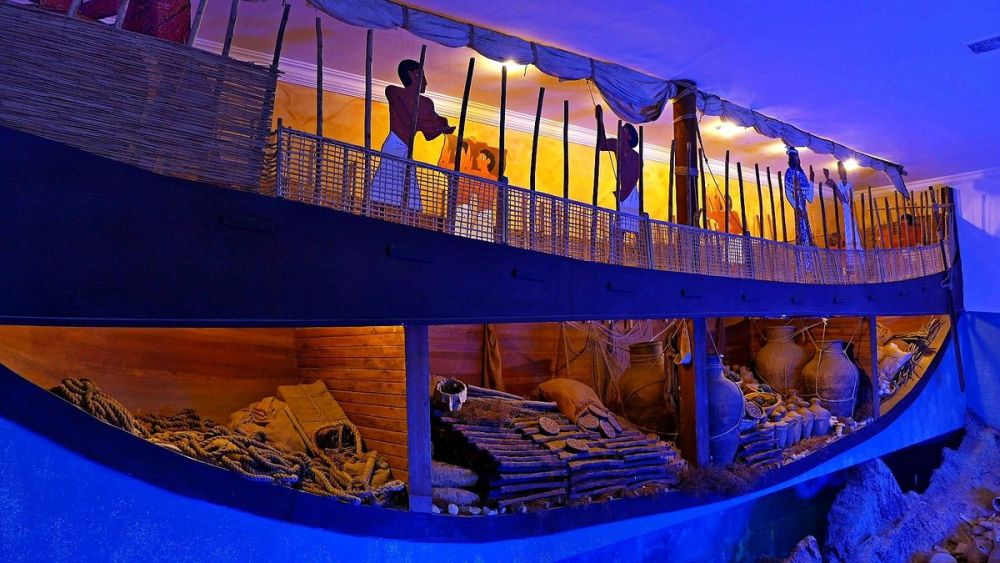

Bodrum, a town on the southwest coast of Turkey, has a rich history that is entwined with the story of the ancient city of Halicarnassus. The region has long captivated travelers with its splendid mix of history, culture, and scenic beauty. The Bodrum Museum of Underwater Archaeology, housed in the Bodrum Castle, plays a significant role in the town's tourism history.
Tourism in Bodrum has evolved over many decades. During the 20th century, this picturesque town transformed from a sleepy fishing village into a vibrant tourist haven. In the 1950s and 60s, Bodrum began to gain popularity among Turkish intellectuals and artists, which led to it becoming a bohemian getaway. By the 1970s and 80s, the region's clear waters, historical sites, and local culture started attracting international tourists as well.
The cornerstone of Bodrum's historical tourism is the Bodrum Castle, also known as the Castle of St. Peter. This medieval fortress was built by the Knights of St. John in the early 15th century. Overlooking the harbor and the international marina, the castle has had a varied history and has served as a military garrison and a prison before it was converted into a museum.
Established in 1964, the Bodrum Museum of Underwater Archaeology is not just a collection of fascinating artifacts; it is a testament to the advancement of underwater archaeology as a discipline. The museum was one of the first of its kind in the world, focusing on the study and exhibition of ancient shipwrecks and relics retrieved from the Aegean and Mediterranean seas.
The museum has greatly contributed to the narrative of Bodrum as a destination for travelers interested in history and archaeology. Its collections include cargo from shipwrecks dating as far back as the Bronze Age, along with artifacts from the classical, Hellenistic, and Byzantine periods. Exhibits such as the world-famous Uluburun Shipwreck, dating back to the 14th century BC, and the Glass Wreck Hall display, have solidified the museum's international reputation.
In recent years, Bodrum has seen a surge in cultural tourism, with travelers seeking more than just sun and sea. Boutique hotels, cultural festivals, and gastronomy experiences complement the region’s historical attractions. Sustainable tourism is becoming increasingly important, with an emphasis on preserving Bodrum's natural and historical assets. Furthermore, there is a trend toward experiential tourism, where visitors partake in local traditions, crafts, and diving activities, much of which can be connected back to the museum's focus on archaeological discovery.
Today, the Bodrum Museum of Underwater Archaeology continues to be a major draw for tourists. It offers a unique perspective on the ancient maritime history of the region and provides an invaluable educational experience. Visitors are encouraged to explore this treasure trove of history when visiting Bodrum to truly appreciate the depth and diversity of the area’s cultural heritage.